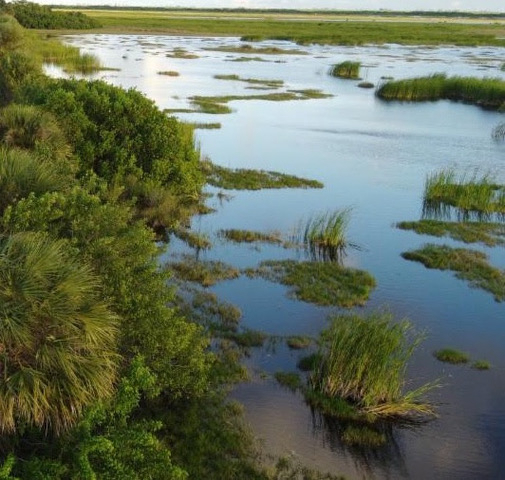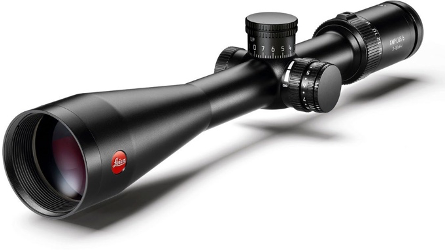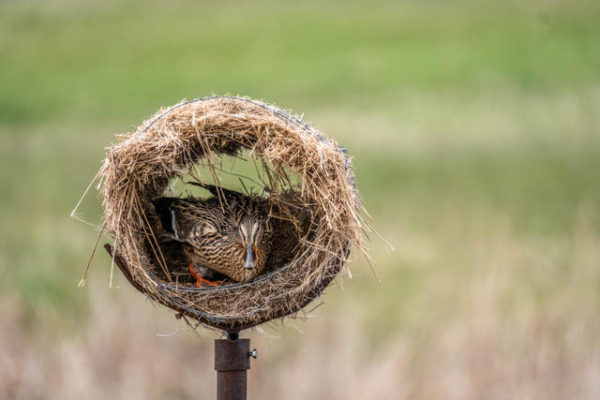Ruling Could Threaten Wetlands That Aid Fisheries
By Frank Sargeant
We used to think of “wetlands” as just plain swamp, useless for producing much but mosquitoes, snakes and frogs. That’s not the case now for conservation-minded anglers and hunters, who realize that these areas are at the heart of producing everything from waterfowl to the clean water that lets fisheries thrive—and they’re also the source of much of the nation’s drinking water.
We note this because the U.S. Supreme Court last month issued a ruling sharply curtailing Clean Water Act protections for wetlands that could be problematic in these days when so many wild lands are being turned into suburbs and shopping malls.
Ruling in Sackett v. EPA, the court limited Clean Water Act protection for wetlands to those with a “continuous surface connection” to other “Waters of the United States,” which will remove federal protections for vast areas of the nation’s wetlands.

Earlier rulings had protected any wetlands with a “significant nexus” to Waters of the U.S., and for decades the Clean Water Act has covered wetlands that are “adjacent” to those waters. In the case in question, the court found that a landowner did not need a federal Clean Water Act permit to fill in a wetland lacking a “continuous surface connection” to a water body flowing into Idaho’s popular Priest Lake, which provides important cutthroat trout habitat. Read more







